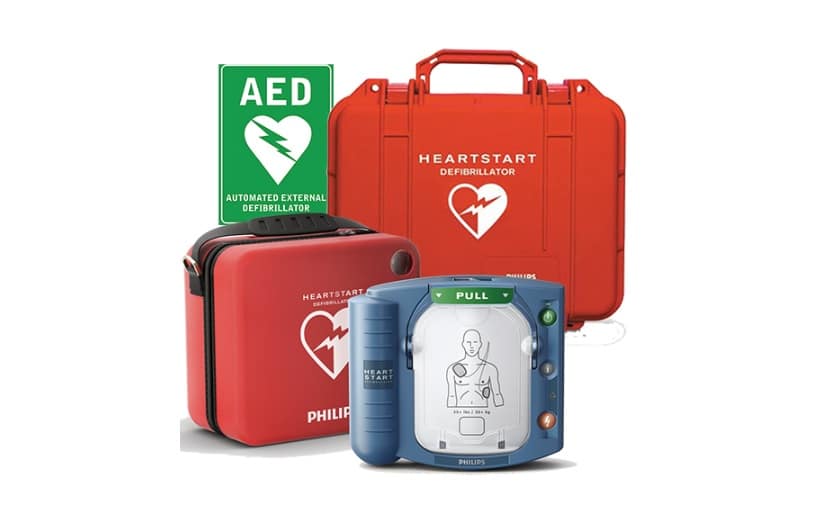How Defibrillators Revolutionise Emergency Response
3 min read
In emergency medicine, every second counts when it comes to saving lives. And one crucial device that has revolutionised emergency response is the defibrillator. These devices are essential in sudden cardiac arrest (SCA), a life-threatening condition requiring immediate intervention. And this article explores devices like Philips defibrillators and their significant role in revolutionising emergency response, highlighting their effectiveness, accessibility, and ease of use.
Accessibility and Public Awareness
One of the remarkable advancements in emergency response is the increasing accessibility of these electronic devices in public spaces. Over the years, there has been a growing awareness of the importance of AEDs in saving lives. As a result, many public areas, including airports, schools, shopping malls, and sports arenas, are equipped with easily accessible AEDs. This accessibility ensures that trained individuals can quickly respond to emergencies, providing immediate care before medical professionals arrive.
Ease of Use and User-Friendly Design
Defibrillators are designed to be user-friendly, even for individuals with limited medical training. The devices provide clear and concise voice instructions to guide people through each step of the process. They are equipped with visual prompts and indicators, ensuring correct electrode placement and proper operation. The user-friendly design of these devices empowers bystanders to take action during critical moments, providing potentially life-saving treatment until medical help arrives.
Integration with Emergency Medical Services
AEDs are seamlessly integrated into emergency medical services (EMS) systems, further enhancing their impact on emergency response. So when a person calls for an ambulance, the dispatcher often instructs the caller to locate the nearest defibrillator and initiate defibrillation if appropriate. EMS personnel can remotely access the necessary data, including the time and duration of shocks delivered, allowing for better coordination of care and post-event analysis. This integration improves the overall efficiency of emergency response and provides crucial information for patient care and quality improvement.
Continuous Technological Advancements
Modern devices incorporate innovative features such as real-time feedback, allowing rescuers to optimise chest compressions. Some models also have built-in sensors that can analyse heart rhythm and automatically adjust the energy level and shock waveform for optimal treatment. These technological advancements continue to enhance the effectiveness of these devices, improving outcomes for individuals experiencing cardiac emergencies.
Collaboration With First Responders
Defibrillators have fostered collaboration between first responders and the public. Many emergency medical services agencies actively engage with the community to promote CPR and AED awareness. They organise training sessions, distribute informational materials, and participate in community events to educate individuals on the importance of early defibrillation. This collaborative effort strengthens the chain of survival and empowers ordinary citizens to become potential lifesavers.
Improving Outcomes and Survival Rates
The widespread availability and use of AEDs have significantly improved outcomes and survival rates for individuals experiencing sudden cardiac arrest. Early defibrillation done within the first few minutes of cardiac arrest, can increase survival rates by up to 70%. The rapid deployment in public places, coupled with increased awareness and training, has contributed to saving countless lives worldwide.
International Initiatives and Impact
The impact of defibrillators on emergency response extends beyond national borders. Several international initiatives have been launched to promote the widespread use of the devices and enhance global emergency response capabilities.
AEDs like Philips defibrillators have revolutionised emergency response by providing a lifeline to individuals experiencing sudden cardiac arrest. Their effectiveness, accessibility, and user-friendly design have empowered communities to take immediate action, significantly improving survival rates. And as you look ahead, ongoing efforts to enhance their functionality and expand their reach will undoubtedly further revolutionise emergency response and contribute to a safer and more prepared society.






